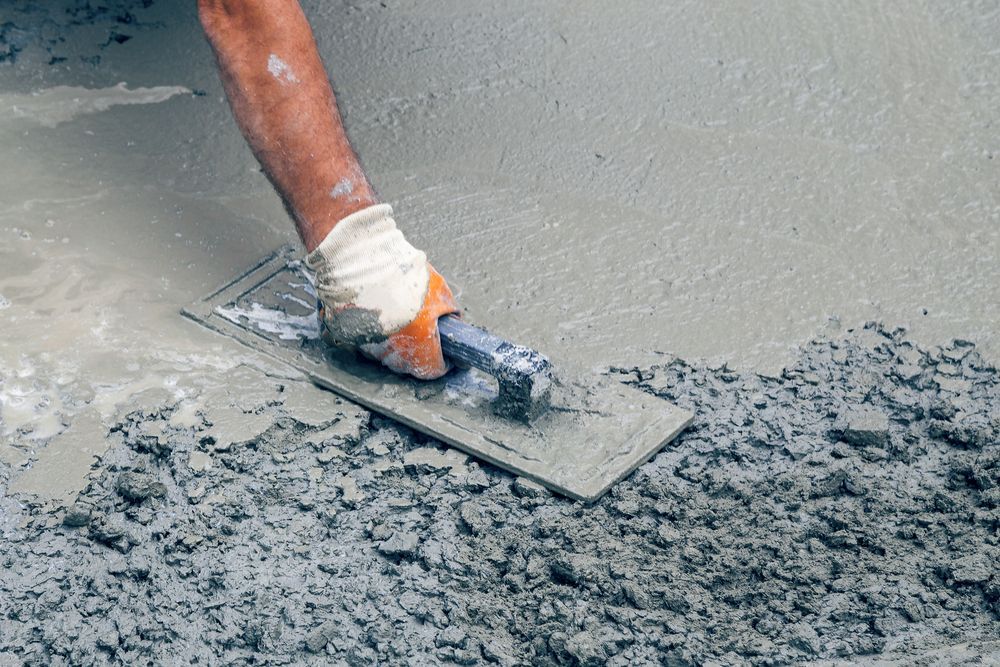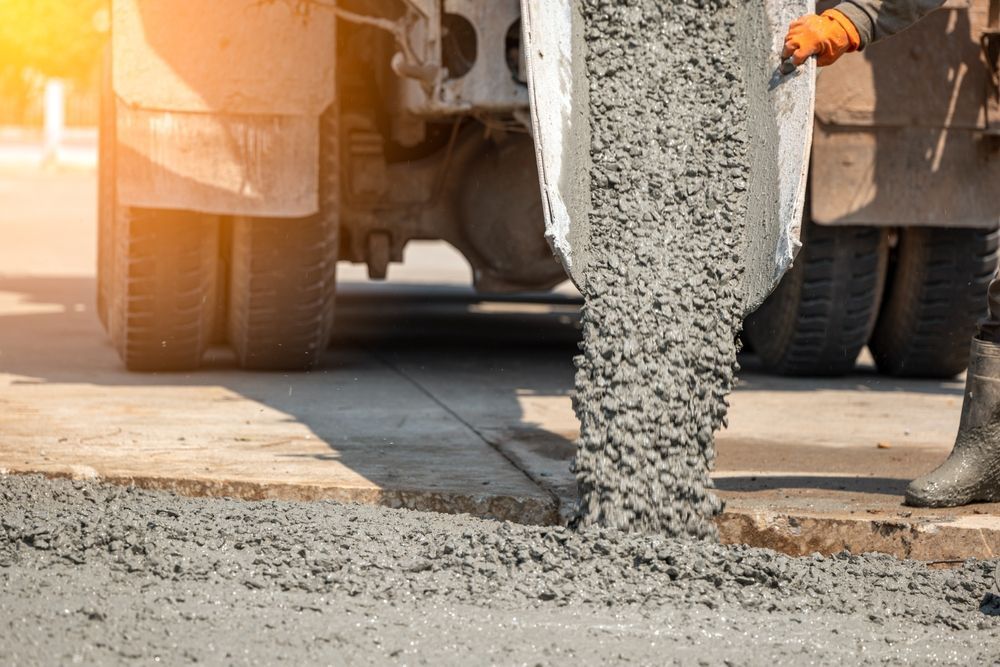Concrete Repair & Resurfacing in Rohnert Park, CA
Concrete repair and resurfacing are essential services for maintaining safe, functional, and visually appealing surfaces in both residential and commercial properties. At Sergio’s Masonry, concrete repair in Rohnert Park, CA is approached with an understanding of local soil conditions, climate patterns, and structural requirements. Whether it's a cracked driveway, a chipped patio, or a worn-out sidewalk, properly executed repair and resurfacing restore strength and extend the life of concrete installations.
What Is Concrete Repair and Why Is It Needed?
Concrete surfaces are built for durability, but over time they can deteriorate due to factors like weather exposure, freeze-thaw cycles, heavy traffic, and shifting ground. Repair addresses visible issues such as cracking, flaking, and scaling, while resurfacing provides a new, smooth top layer without the need to demolish and repour the entire slab.
In Rohnert Park, the combination of rainy seasons and expansive clay soils can lead to concrete movement and stress-related damage. Timely repair and resurfacing reduce hazards, prevent further degradation, and improve the appearance of older concrete surfaces.
Common Concrete Issues Requiring Repair
Cracking and Surface Separation
Cracks are among the most common concrete problems. They may form due to shrinkage during curing, improper joint spacing, or ground movement beneath the slab. In minor cases, surface cracks can be filled with specialized repair compounds. In larger cases, cracks are routed, cleaned, and sealed to prevent moisture infiltration and expansion.
Cracked concrete in driveways and walkways across Rohnert Park is not only unsightly but also a potential tripping hazard. Sergio’s Masonry addresses these issues with professional-grade materials that restore structure and appearance.
Spalling and Surface Flaking
Spalling occurs when the top layer of concrete begins to flake off, often due to freeze-thaw cycles or salt exposure. This is commonly seen on driveways, patios, and steps. Repairing spalled areas requires surface grinding, patching, and sealing to bond new material with the old surface.
Surface flaking compromises durability and can accelerate deterioration if left untreated. Restoration techniques restore the finish while strengthening the surface against future breakdown.
Uneven or Sunken Areas
Concrete can sink or become uneven over time due to soil erosion or inadequate base support. These conditions are particularly common in Rohnert Park neighborhoods where clay-rich soils shift with moisture changes. Uneven surfaces are leveled through grinding, patching, or resurfacing, depending on the severity.
In walkways and garage floors, uneven concrete creates safety risks and impedes water drainage. Sergio’s Masonry corrects these conditions with durable methods that bring the surface back to proper grade and slope.
Discoloration and Surface Wear
Aged concrete may develop patchy discoloration, especially when exposed to sunlight and moisture without sealant protection. In commercial areas, this wear reduces curb appeal and creates an impression of neglect. Concrete resurfacing techniques can cover stains and wear patterns while introducing decorative finishes or color coatings.
Resurfacing vs. Replacement
When Resurfacing Is Appropriate
Concrete resurfacing is a cost-effective alternative to full replacement when the base slab is still structurally sound. The process involves cleaning the surface, repairing damage, applying a bonding agent, and pouring a thin overlay that restores the finish. This is often used for driveways, patios, garage floors, and pool decks that are weathered but stable.
In Rohnert Park, resurfacing is popular for refreshing aged concrete without the time and expense of demolition. It allows property owners to modernize their outdoor surfaces with new textures, patterns, or colors while keeping the original slab intact.
When Full Replacement Is Necessary
In cases where concrete is severely cracked, heaved, or structurally unstable, complete replacement may be required. Indicators include deep settlement, large-scale crumbling, or underlying drainage failures. Sergio’s Masonry evaluates each surface to determine whether resurfacing or full removal offers the most lasting solution.
Process of Repair and Resurfacing
Surface Cleaning and Assessment
The first step involves removing debris, dirt, oil stains, and loose concrete. Pressure washing and mechanical grinding ensure proper adhesion of new material. A detailed inspection identifies any hidden voids or deep cracks that require attention before resurfacing begins.
Crack and Damage Repair
Cracks and holes are filled with commercial-grade patching compounds. For larger cracks, routing and reinforcement methods are used. All repairs are leveled to match the surrounding area before the overlay is applied.
Application of Bonding and Overlay Materials
A bonding agent ensures that the resurfacing material adheres to the existing concrete. The overlay is then poured and spread evenly using trowels and squeegees. Depending on the finish, stamping, brooming, or staining may be done before curing.
Curing and Sealing
Proper curing allows the resurfaced area to reach full strength. Once cured, a concrete sealer is applied to protect the new surface from UV rays, moisture, and staining. Sealing is especially important in Rohnert Park’s climate to extend the life of outdoor surfaces.

